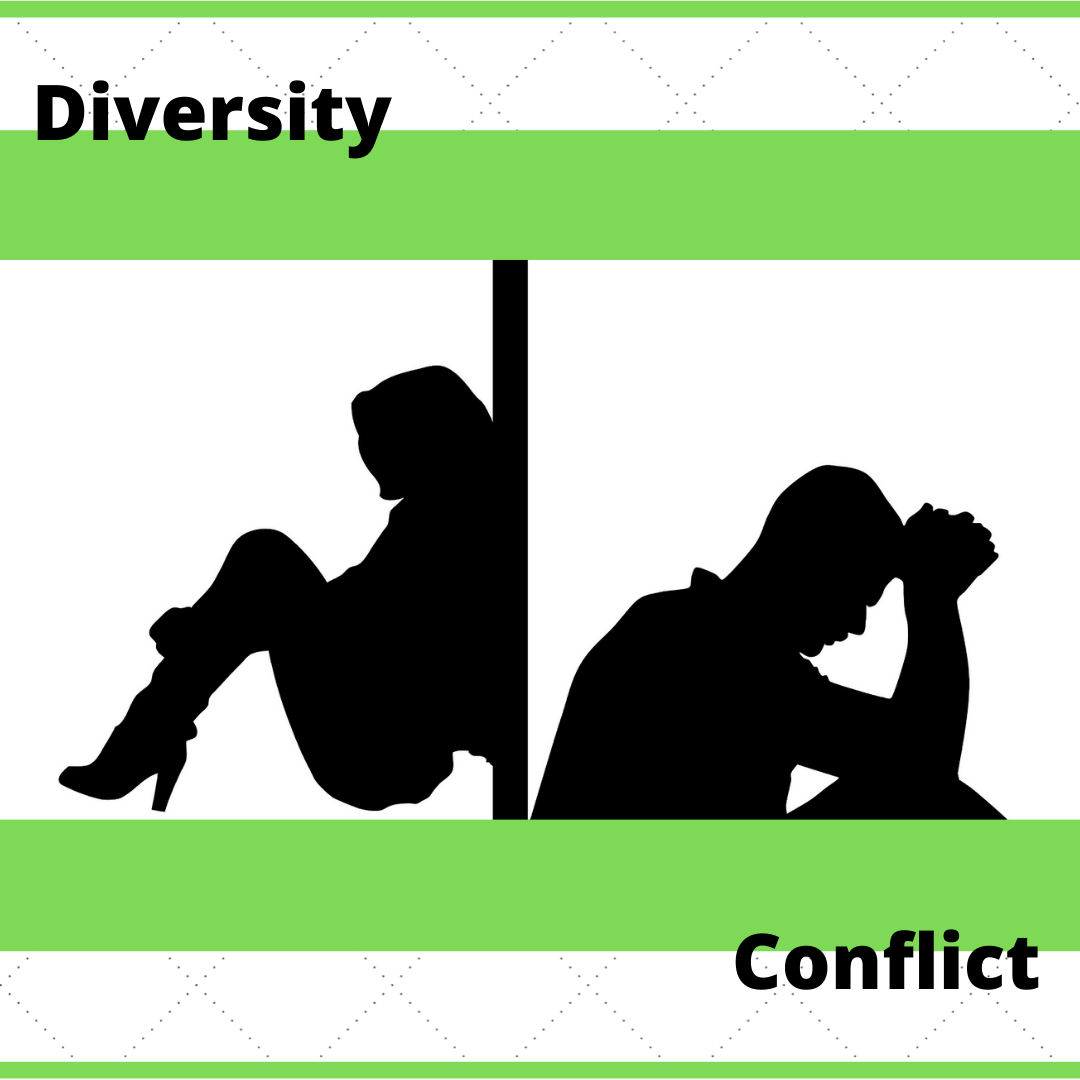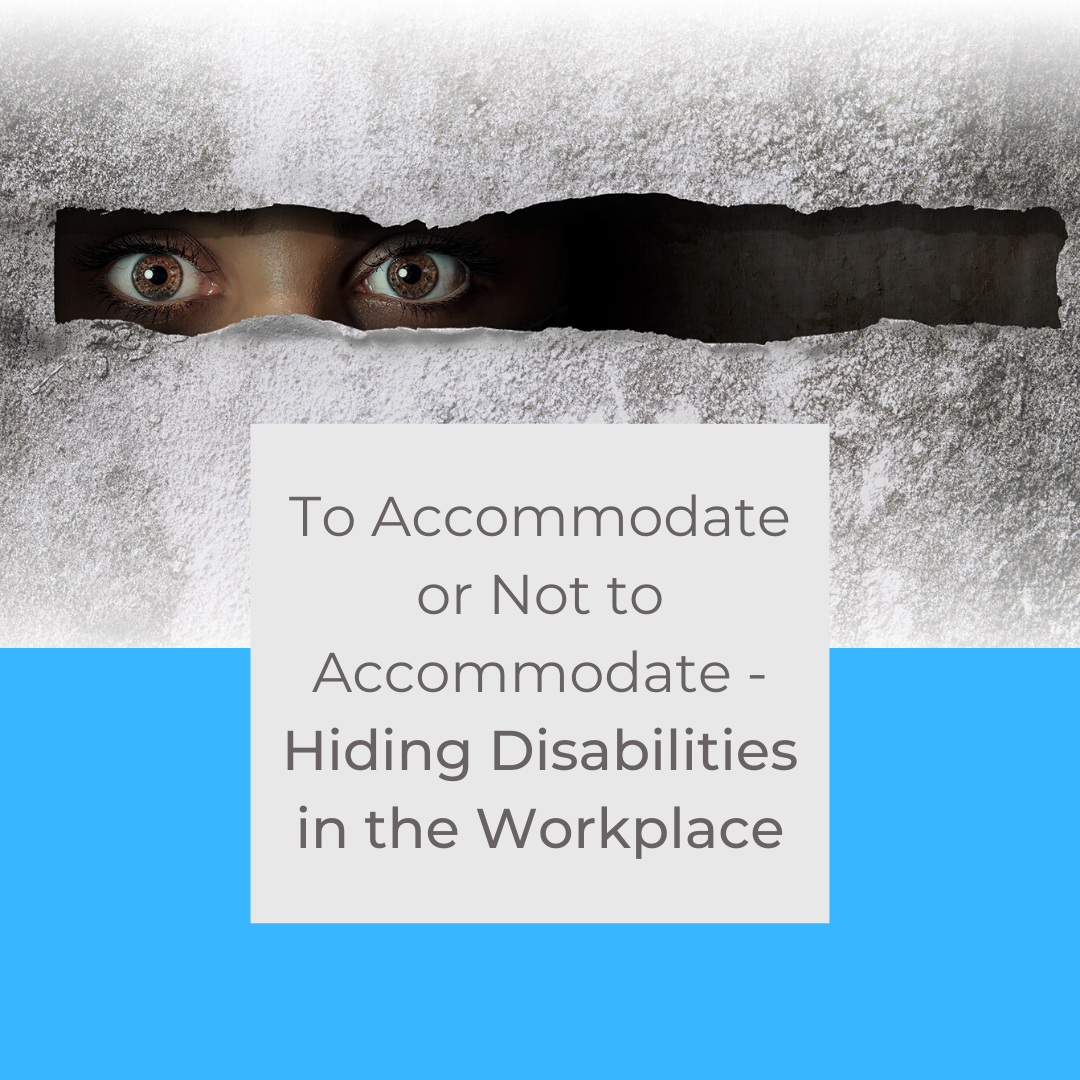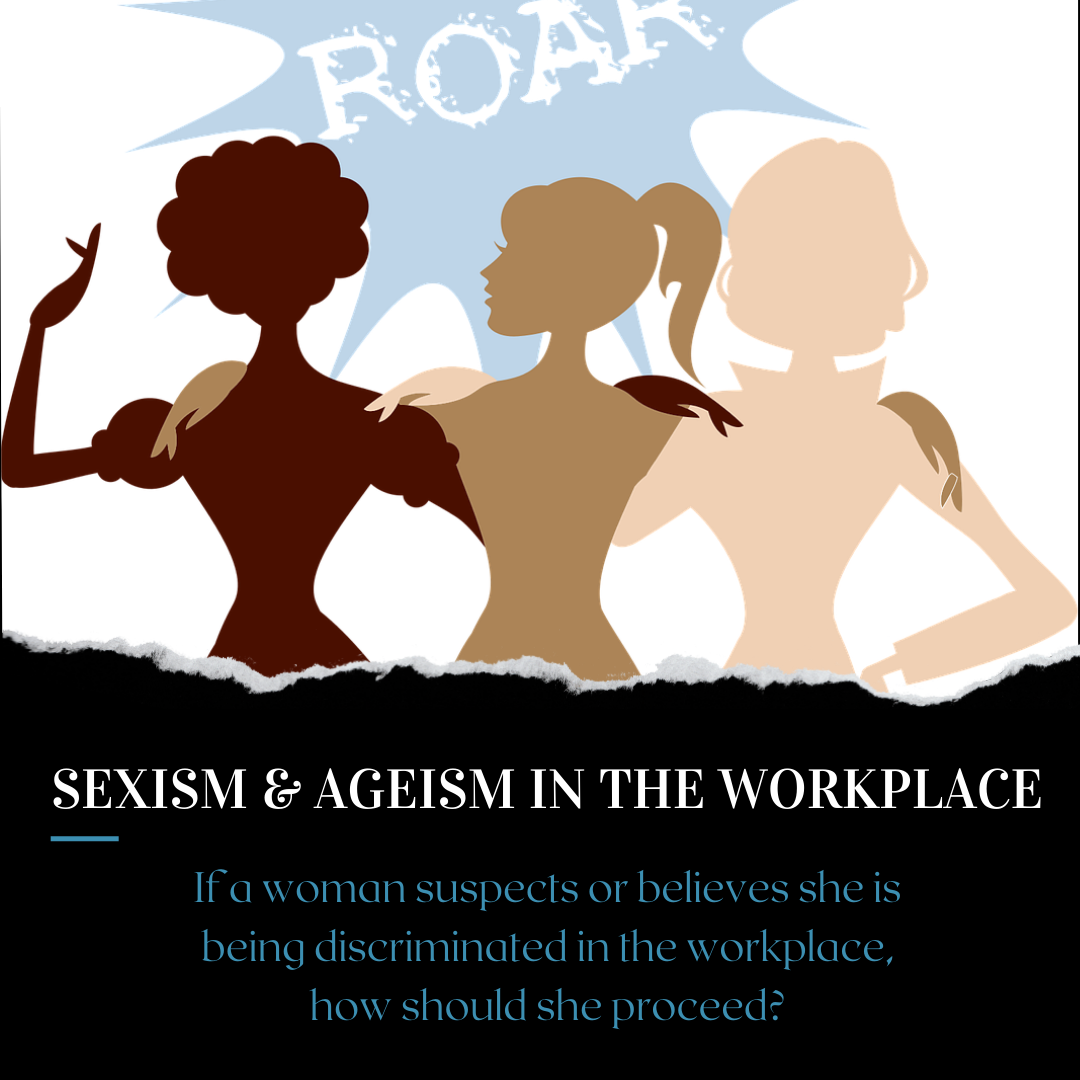Organizations embark on diversity initiatives for a variety of reasons.
- They want to tick boxes. Often a response to government compliance mandates or other directives from higher up, the box-checking organizational stance is purely reactive.
- They have a profit motive. Research shows that a better diversity profile means higher productivity and more profits. Smart organizations are looking at the bottom line and thinking strategically about diversity.
- It’s good for morale. Employers who think deeply about organizational culture know that building diversity into their staffing profile will increase job satisfaction and talent retention. While these factors feed into the profit motive, they also build best practice and make organizations desirable places to work.
- It’s the right thing to do. For many employers, paying attention to diversity is a moral imperative. They care about equity, and regardless of compliance, profit or organizational culture motives, they hire with diversity in mind.

Regardless of where an organization sits on the pyramid, chances are it will encounter challenges implementing a diversity strategy – for a variety of reasons:
A diversity strategy takes resources. To do diversity right, an organization needs to dedicate time, resources and personnel. Depending on the size of an organization, all three of these may be limited. A small company may not be able to dedicate an employee to its diversity strategy, leaving the job to be done off the side of someone’s desk – or even multiple people’s desks, increasing the chance that it will get dropped in favour of more urgent priorities.
A diversity strategy requires expertise. Staffing teams isn’t an add-water-and-stir proposition. Hiring always requires expertise, and diversity represents an additional variable in the hunt for talent. It’s important to get this right, or diversity conflict can ensue.
Where there’s difference, there may be differences. Wherever diversity exists – be it a mix of cultures, generations, work styles or even personalities – conflict has the potential to arise. That’s probably why phenomena such as “old boys’ clubs” have historically had so much traction; when everyone’s similar, they tend to agree. When people are different, they tend to have different perspectives. As we’ve mentioned in other posts, diversity is a great way to get outside the echo chamber, but it comes with the potential for friction, which has to be managed.
A diversity strategy needs to consider individuals and relationships. In the drive toward diversity, it’s easy to get caught up in numbers and forget that an organization is made up of people who communicate with each other. They need to be involved – whether it’s giving feedback or helping design the strategy from the outset. Giving employees a sense of ownership is the best way to ensure follow-through.
It works better when it’s authentic. Organizations looking to implement a diversity strategy in order to satisfy external requirements are less likely to fully understand what they’re doing than organizations that are more philosophically committed to the idea of diversity. Some organizations may even be reluctant; they may worry about rocking the boat, or lament the investment a strategy requires, or just plain old not feel like doing it. If this is the case, it’ll be transparently obvious to the teams doing the actual implementation, which will affect their buy-in and the organization’s ultimate success in boosting its diversity profile. Moreover, if leadership is half-hearted and fails to generate genuine interest in the strategy, employees may become resentful and stir up more conflict.
What does diversity conflict look like in the workplace?
It may be as simple as a cross-cultural misunderstanding – as when an employee makes a gesture that’s interpreted in a different way than intended.
What are some examples?
- In some cultures, a firm handshake is considered an asset; in others, it’s not valued and may even be seen as rude.
- In some cultures, arguing with the boss is unacceptable. However in others, when employees don’t pushback when they disagree with a superior they may be seen as disengaged.
- Eye contact is regarded differently in different cultures. In some, it’s disrespectful to look your leader in the eye; in others, it’s seen as disrespectful not to.
In all workplaces, such “diversity moments” happen when differences in culture, experience, and expectations collide. Practices surrounding social manners, lunch, leadership, meeting etiquette and others can cause sparks to fly.
“Difference can be challenging. If you’ve got a homogenous group of people who all think alike, it’s easier to reach a comfortable consensus. Diversity means including people with different perspectives, different experiences, different opinions, and perhaps different working styles or expectations.”
Sheryl Sandberg – CFO of Facebook and founder of Leanin.org
What are some solutions?
Get commitment. The highest-ranking leaders, managers and supervisors need to be on board if they’re to successfully disseminate it to employees and the entire organization. Formalizing a diversity policy is a great way to start.
Conduct blind auditions. Develop a hiring process whereby names and other identifiers are removed from candidate resumes before they’re assessed by decision makers. Studies show this can decrease bias and stereotyping, resulting in access to a greater range of talent.
Train employees to appreciate difference. Understanding the value of diverse people and perspectives is itself a soft skill that can be learned – especially if leadership drives the learning. Diversity training programs – and even communication skills videos that present realistic scenarios and concrete steps for handling these “diversity moments” are a great resource for combating workplace conflicts about diversity. For more ideas, consider hiring a consultant.
Focus on employee strengths. An important part of improving organizational culture is using asset-based language that emphasizes people’s strengths rather than weaknesses or gaps. Make a habit of approaching every situation from a glass-half-full perspective. It will rub off on your teams. And when people approach each other in an asset-based manner, they’ll be more willing to work through differences.
Use conflict-resolution techniques. When incidents arise, deal with them fairly and equitably. Empower your staff (if you need some ideas, get in touch) to resolve differences, and make sure everyone understands expectations around communication and chain of command, and that they address small conflicts before they become large.
Use strong reporting mechanisms. Conflicts should be documented, with supervisors involved. Make sure your employee handbook includes steps for reporting and resolving conflicts, and revisit/revise them periodically as needed.
Give all sides a voice. Allow all parties to share their experiences and give their full side of the story. This is the best way to ensure equity and help people find common ground.
Conflict is not necessarily a bad thing. Every organization experiences conflict in some form or another. What matters is how you manage it.
“Peace is not the absence of conflict but the ability to cope with it”.
Mahatma Gandhi
Source: Michael Brazzel
Diversation Question
Have you ever experienced conflict in the workplace where diversity was the motivation? What did you do? What did your organization do? Use the comment section to share your experience.




